Low-Histamine Vegetables for Allergy-Friendly Meals
Primal Edge Health participates in the Amazon Services LLC Associates Program and other affiliate programs and therefore, may collect a share of sales or other compensation from the links on this page. This comes at no additional cost to you, and all the prices and availability are accurate at the time of publishing.
Low-histamine vegetables can take up a good portion of your plate while on a low-histamine diet. The good news? Most common veggies are low in histamine except for an unfortunate handful (hopefully not your favorites!)
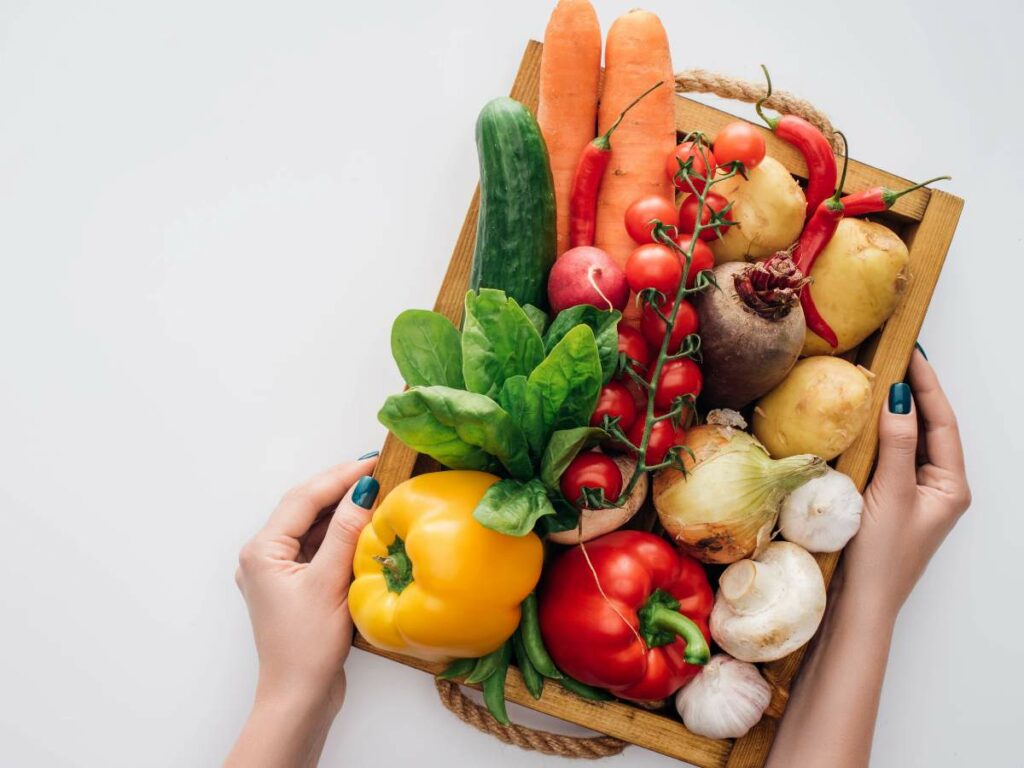
When I started paying more attention to the histamine I ingest from food, I noticed that some had super high levels of histamine—and I didn’t even know I was eating that much! Spoiler: it’s fermented vegetables like sauerkraut and kimchi.
That’s when I realized I needed to know more about the low-histamine diet. There are a lot of food groups to consider and, as of now, not much research on the topic. Nevertheless, I learned a lot about the histamine content in common foods and have found the best ways to work around the high-histamine options, which is what I’m going to share with you today.
Table of Contents (click to view)
What Does Histamine Do?
Histamine is a natural compound that plays a big role in keeping your body running smoothly. It’s part of your immune system, helps manage stomach acid, and even acts as a messenger in your brain.
When you encounter something potentially harmful, like an allergen, histamine gets released to help fend off the invader. This is why you might experience itching, swelling, or redness during an allergic reaction.
However, histamine isn’t just an internal compound our body produces; it’s also found in many foods. For most people, eating histamine-rich foods is no big deal because their bodies can break it down efficiently. If you’re histamine intolerant, on the other hand, your body can’t process it properly, which leads to a buildup that can cause a range of symptoms.

What is Histamine Intolerance?
Histamine intolerance isn’t as deeply studied as other widely recognized food allergies, but we know enough about it to understand how the condition works. According to a 2020 study from Biomolecules, histamine intolerance happens when your body can’t break down histamine properly.
Normally, an enzyme called diamine oxidase (DAO) breaks down histamine in the foods you eat. If you don’t have enough DAO, or if the enzyme isn’t working well, histamine starts to build up in your body.
When histamine levels get too high, you might experience symptoms that resemble allergies. Based on the Histamine Intolerance Awareness organization’s symptom list, these can include:
- Headaches
- Skin rashes
- Digestive problems, e.g., chronic constipation, flatulence, diarrhea
- Runny nose
- Teary eyes
- Nasal congestion
- Flushing
- Edema or swelling
- Nausea and vomiting
Unlike allergies, though, histamine intolerance isn’t triggered by your immune system. It’s more about your body’s inability to handle the histamine load. However, since the symptoms are so similar to regular allergies, diagnosing histamine intolerance can be tricky. It’s also often confused with irritable bowel syndrome (IBS) and other gastrointestinal disorders.
All that said, go to your doctor ASAP if you suspect you have histamine intolerance. It may also be a good idea to work with an allergist to rule out any other intolerances or allergies you may have.
What is MCAS?
Mast Cell Activation Syndrome (MCAS) occurs when mast cells, which are crucial for your immune system’s immediate response to allergens, become overactive. Normally, mast cells release mediators that help regulate immune responses and protect the body from bacteria and parasites.
However, in MCAS, these cells malfunction and release excessive mediators in response to various triggers. This overreaction can lead to symptoms similar to anaphylaxis or severe allergic reactions similar to the ones we’ve listed above.
What is the Low-Histamine Diet?
Like most food allergies, there is no treatment for histamine intolerance aside from dietary changes. If your doctor diagnoses you with this condition, they may recommend a low-histamine diet to help manage your symptoms.
Simply put, a low-histamine diet is designed to help those who have histamine intolerance by reducing their intake of foods high in histamine. The idea is to minimize the amount of histamine entering the body through food, which can help alleviate the uncomfortable symptoms associated with histamine buildup.
However, before you can start meal planning with low-histamine recipes, you have to learn about suitable ingredients first. Let’s begin with one of the most popular food groups: vegetables.
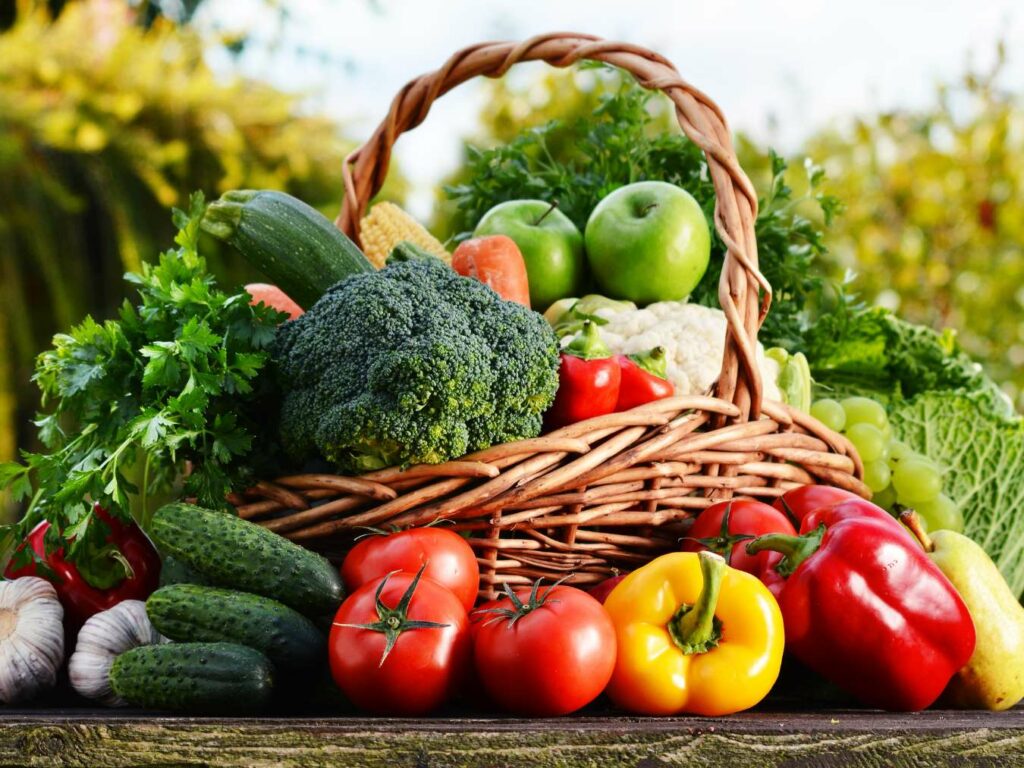
Best Low-Histamine Vegetables
Spoiler alert: most vegetables are low in histamine, so you won’t have to limit your veggie intake as much. I use the Histamine Elimination Diet List from the Swiss Interest Group Histamine Intolerance (SIGHI) to find out which foods are well-tolerated and which ones I should avoid.
For vegetables, the list says pretty much everything is okay for a low-histamine diet except for a handful that we’ll talk about later. I’ll list a few great options anyway to make your meal planning easier:
Leafy Greens
I recommend eating your greens with low-histamine salad dressings so you don’t waste your effort. Aim for these leafy greens:
- Lettuce
- Kale
- Swiss Chard
- Collard Greens
Root Vegetables
Root veggies are awesome for making your low-histamine dinner recipes more filling. I like adding these options to a nice roast or grilling them in a sheet pan with a bit of beef tallow:
- Carrots
- Sweet Potatoes
- Beets
- Turnips
- Radishes
Cruciferous Vegetables
Like root vegetables, cruciferous veggies can bulk up your meals and make them even more nutritious. Broccoli is one of my favorite versatile ingredients, which is why I love using them in recipes like this ground beef and broccoli stir fry and these cheesy low-carb broccoli fritters.
- Broccoli
- Cauliflower
- Brussels Sprouts
- Cabbage
Squashes
Perfect for lowering the carb content of traditionally high-carb foods. For example, you can turn zucchini or butternut squash into gluten-free and low-carb noodles.
- Zucchini
- Yellow Squash
- Butternut Squash
- Acorn Squash
Other Vegetables
- Bell Peppers (red, yellow, and orange)
- Cucumbers
- Celery
- Fennel
- Artichokes
- Asparagus
- Bok Choy
- Onions
- Garlic
- Leeks
- Shallots
Other Low-Histamine Foods
Aside from veggies, let’s talk about other low-histamine ingredients you can use in your meals. Here’s a list of ideal foods according to the Histamine Intolerance Awareness website:
- Fruits: Most fresh fruits are low in histamine except plantains. However, papayas, bananas, plums, kiwis, strawberries, and pineapples may release histamine that’s already in your body. Try to avoid processed fruits also.
- Dairy: Fresh milk, cream cheese, mozzarella, and butter are all safe for a low-histamine breakfast. Avoid matured, aged cheeses.
- Fresh Meat: Fresh beef, poultry, pork, eggs, and fish are the best for a low-histamine and overall healthy diet. Smoked meat like salami or sausages is a no-go.
- Grains: You can use white bread, rye bread, oats, and millet flour.
High-Histamine Vegetables to Avoid
Now for the not-so-great part: figuring out what vegetables to avoid while on a low-histamine diet. The good news is that the list is very short. According to the SIGHI list, people on the low-histamine diet should avoid:
- Sauerkraut
- Spinach
- Tomatoes (including ketchup, tomato juice, etc.)
- Eggplant
- Avocado
- Olives
- Legumes (lentils, beans, soy, soy products such as tofu)
- Pickled vegetables
- Ceps
- Morels
- Agaricus
- Possibly green bush beans
- Peas
- Unfermented olives
- Mushrooms
You might notice that a lot of high-histamine foods have undergone some kind of fermentation or aging, including sauerkraut, pickled vegetables, wine, and matured cheese. This is because fermentation increases histamine due to the bacteria that break down sugars and proteins in food, according to this study on biogenic amines and fermentation.
During this process, bacteria such as lactobacilli convert sugars into lactic acid, which preserves the food. However, these bacteria also produce histamine as a byproduct. Additionally, the breakdown of proteins during fermentation releases amino acids, which can further increase histamine levels.
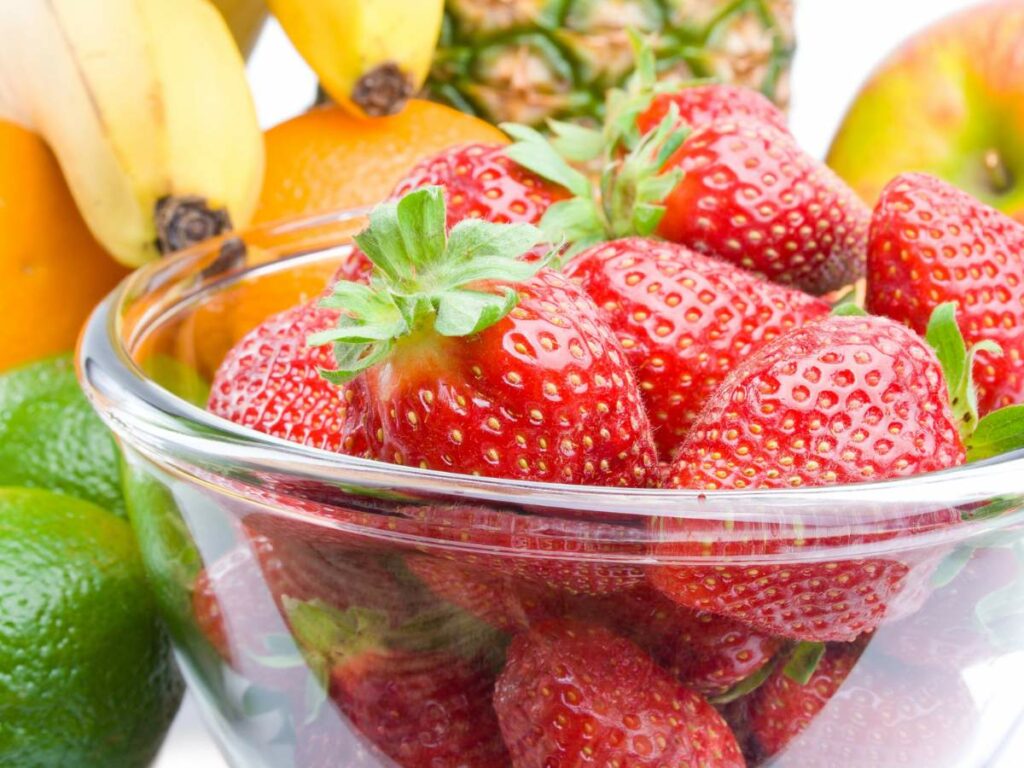
Other High-Histamine Foods to Avoid
You may not need to eliminate these foods from your diet completely, but your doctor might suggest limiting them to avoid symptoms. If you want to keep certain foods in your meal plan, try working on an elimination diet with a licensed dietitian to identify your triggers.
However, it may be a good idea to avoid potentially trigger foods in general, or at least before you can safely determine your trigger foods. According to SIGHI, foods you should avoid while on a low-histamine diet include:
Fruits:
- Plantains
- Papayas
- Bananas
- Plums
- Kiwis
- Strawberries
- Pineapples
- Processed fruits like fruit juices, dried fruits, and fruit jams
Dairy:
- Matured and aged cheeses (e.g., cheddar, Parmesan, blue cheese)
- Fermented dairy products like yogurt, kefir, and sour cream
Meat:
- Smoked meats like salami, sausages, and bacon
- Processed or cured meats (e.g., ham, hot dogs, pepperoni)
- Aged meats such as dry-aged beef
Fish and Seafood:
- All canned fish (e.g., tuna, sardines)
- Smoked fish (e.g., smoked salmon, mackerel)
- Fermented fish products (e.g., fish sauce, anchovies)
- Shellfish (e.g., shrimp, crab, lobster)
Grains:
- Yeast-containing products (e.g., certain types of bread and pastries)
- Sourdough bread
- Fermented grain products (e.g., beer, malt vinegar)
Other:
- Fermented foods (e.g., sauerkraut, kimchi, miso)
- Alcohol (e.g., wine, beer, champagne)
- Vinegar and vinegar-containing products (e.g., pickles, mustard)
- Soy products (e.g., soy sauce, tofu, tempeh)
- Certain condiments (e.g., soy sauce, ketchup, mustard)
- Ready-made and processed foods (often contain preservatives and additives that can increase histamine levels)

9 Low-Histamine Diet Tips to Keep in Mind
Knowing which vegetables to choose is just one aspect of the low-histamine diet. Here are some other tips that help make the transition to this kind of eating pattern easier:
1. Prioritize Fresh Food
Johns Hopkins reiterates that fresh food is better, especially if you’re on a low-histamine diet. This is because fresh food usually contains less histamine. On a similar note, avoid processed food as much as possible.
2. Learn Low Histamine Recipes
Expand your knowledge of low-histamine recipes to make meal planning a breeze. Lucky for you, our blog is rich with easy, tasty meal ideas from low-histamine breakfast to low-histamine snacks.
3. Read Ingredient Lists
High-histamine ingredients may be present in packaged or ready-made foods like processed snacks and even supplements. Always check the ingredient list to avoid hidden sources of histamine.
4. Consider Probiotics
Some probiotic strains can help relieve histamine intolerance symptoms by balancing the gut microbiome and reducing inflammation. Here are some great low-histamine probiotic brands you can start with.
5. Find Swaps
High-histamine foods like wine, alcohol, and aged cheese can be hard to say goodbye to. Luckily, there are plenty of swaps you can make. For example, you can go for low-histamine wine or low-histamine alcohol instead of your regular fare. As for aged cheese, fresh cheese like mozzarella and young Gouda can be just as delicious (if not more)!
6. Cook in Batches
Preparing larger quantities of low-histamine meals and freezing portions can help reduce the histamine buildup that occurs with food storage. This way, you always have a low-histamine meal ready to go.
7. Work With Health Professionals
Are you following all the rules but still experiencing some iffy symptoms? You might be consuming hidden histamine or unknowingly eating a high-histamine food. Whatever the case may be, I highly suggest working with an allergist or licensed dietitian to pinpoint the foods that are making you symptomatic.
8. Avoid Leftovers
According to Dr. John Gannage, leftovers can have higher histamine levels due to the time food spends in storage. If you need to store food, freeze it immediately to keep histamine levels low. I also recommend measuring your food precisely instead of eyeballing it to avoid leftover food as much as possible.
9. Experiment With Cooking Methods
According to a 2017 study by the Annals of Dermatology, high-heat cooking methods like frying and grilling can increase histamine levels in food. Some cooking methods can help reduce histamine levels in foods. For example, boiling vegetables rather than frying can help keep histamine levels lower.
Enrich Your Diet With Low-Histamine Vegetables Today
Dealing with histamine intolerance can be challenging, but with the right knowledge, you can make it easier. Histamine is essential for your body, but when it can’t be broken down properly, it leads to symptoms like headaches, rashes, and digestive issues.
A low-histamine diet can help manage these symptoms. Focus on fresh, unprocessed vegetables like lettuce, kale, carrots, broccoli, and more!
Tell me your favorite low-histamine veggie in the comments below! For more histamine intolerance tips like this, explore more of Primal Edge Health.

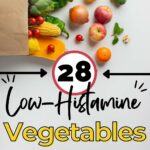
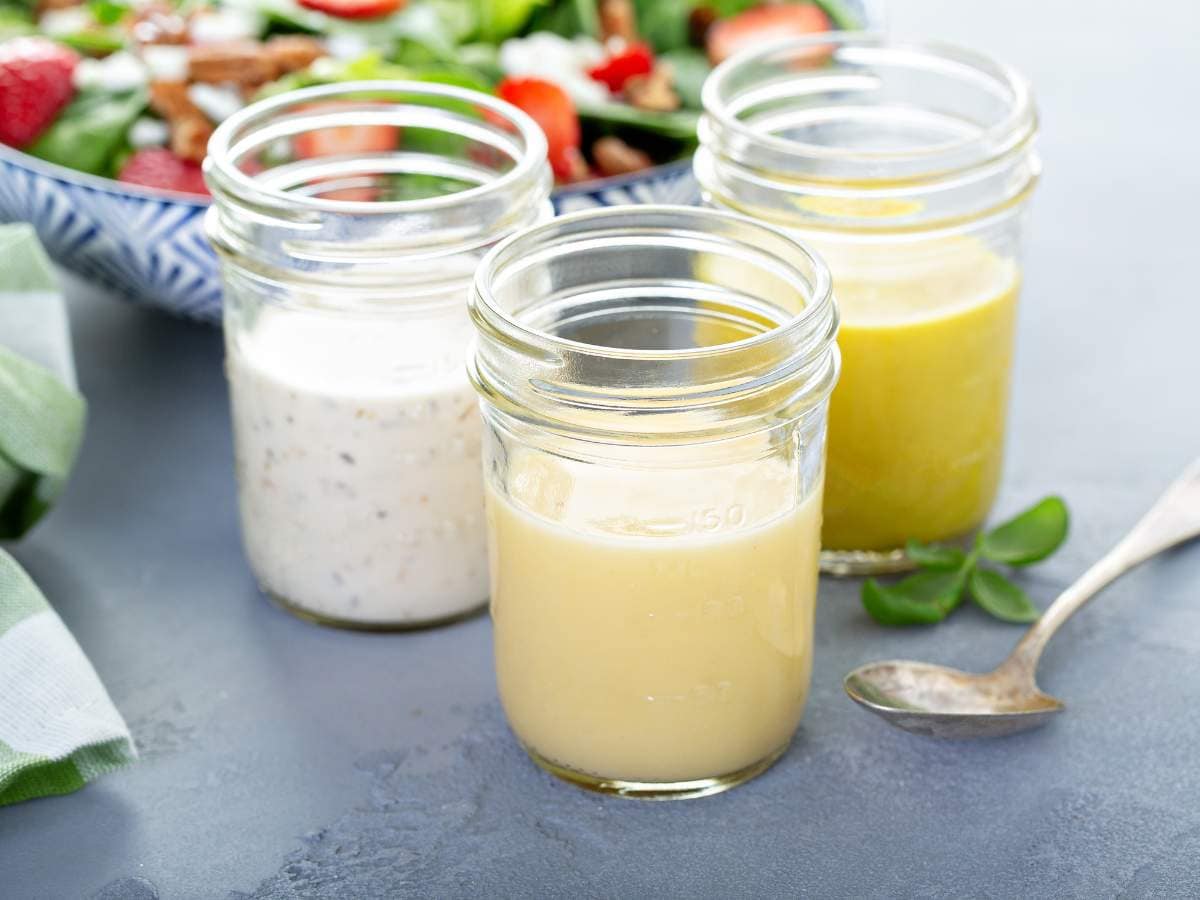





Loving these low-histamine veggies, they’ve made my meals so much healthier!
I’m so glad you love them, Sam. Thank you for the warm feedback!